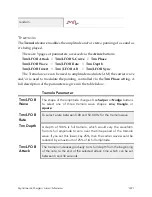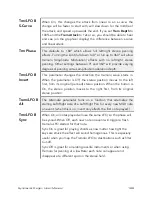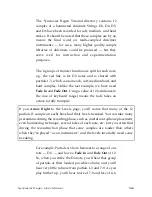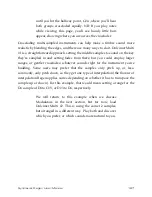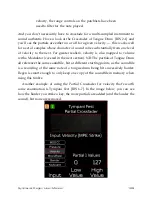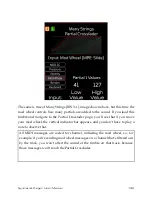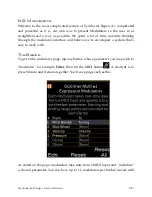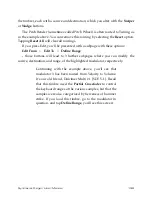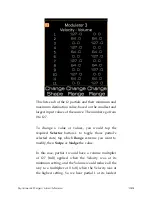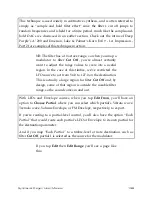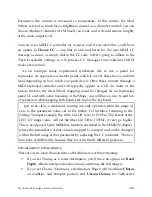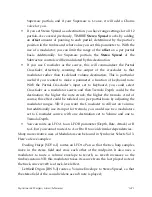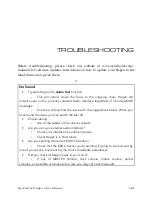
Synclavier Regen User Manual
135
So, the strategy used to design this multi-sampled timbre was to blend the three
levels of sample fierceness by the strength of the input Velocity. This somewhat
mimics the behaviour of a real dulcimer. Clearly, a skilled player can vary the
amount of force she applies to the strings in more than 3 categories — its a
continuous range of strike velocity — and the nature of an instrument like a
dulcimer is that the volume of the struck course of strings vary in volume as
they’re hit harder, but that increased energy also excites other (unstruck) strings
of the instrument in complex ways.
Some of this complexity is captured in the 3 levels of samples and makes its
way to the finished timbre in execution, but it’s a compromise. There are many
ways to do this, as already eluded to, but each will be a compromise. Having
said that, dulcimers are expensive, delicate, heavy, take up space, and require
frequent time-consuming tuning, so when you consider all of that, maybe the
compromise makes sense for you.
Okay, enough about Dulcimers. As beautiful and tranquil as they look and
sound, sometimes you want something more menacing.
Getting more Advanced
Load Talking Trumpet [RW 8-5] and play a few notes,
and then we’ll try to dissect the craziness. There are
three active partials, all set to Samples synth mode, each
with one soundfile: respectively, they’re samples of a
didgeridoo, a tympani, and a trumpet.
Partial 1 has
Pitch Track
Off, and a 16Hz tremolo at
35% and is there as a kind of background flutter sound.
Partial 2 is also pitch-locked, so won’t change based on
the note played, but it does change pitch as it has an
extreme 25 semitone vibrato applied at 10Hz. If you
Solo
Partial 2, you’ll hear the pitch jumping around as

